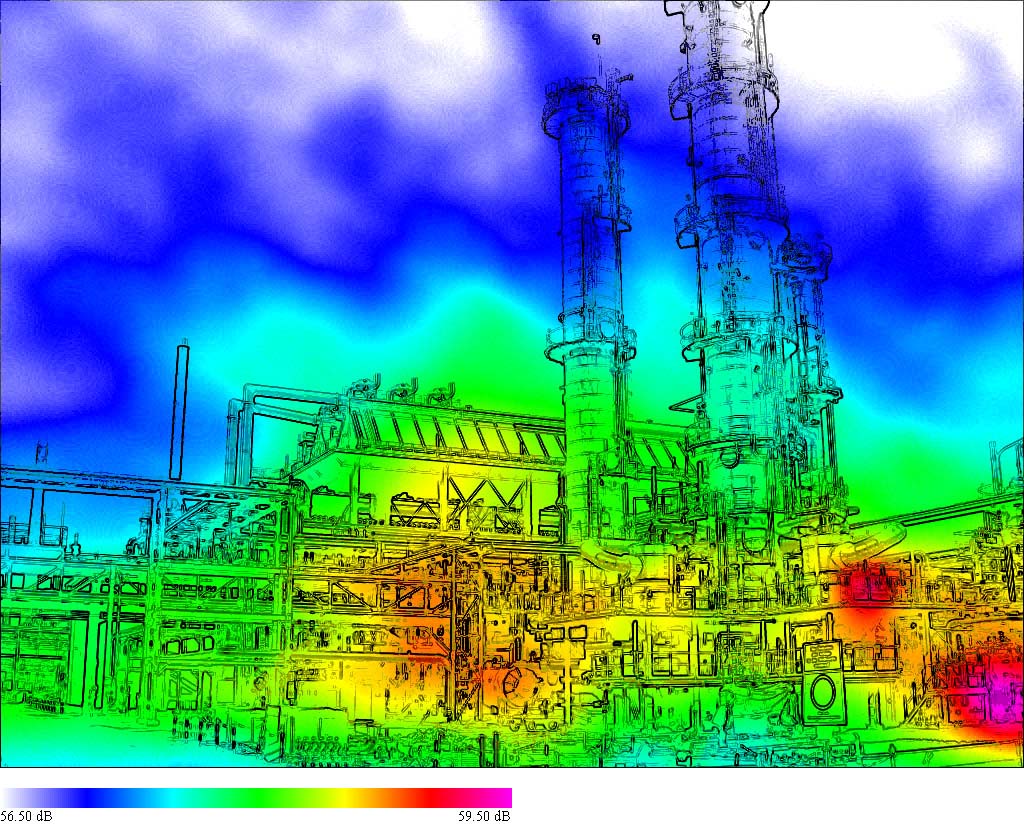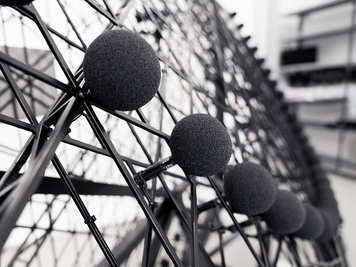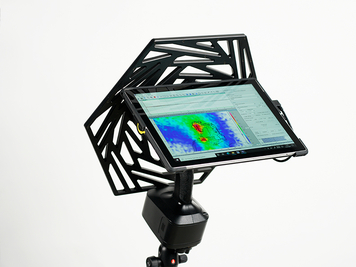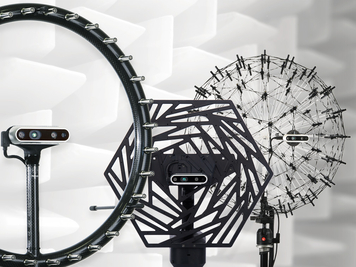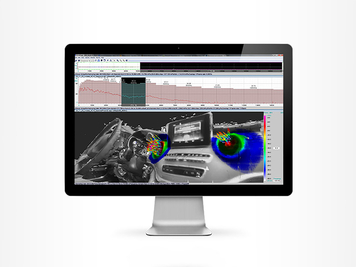The Acoustic Camera can save a lot of time and consequently a lot of money. Noise sources can be localized rapidly and very precisely from the position of the listener - even at distances of several hundred meters away. This method has numerous advantages. Instead of placing microphones in a machine or plant and tediously looking for noise sources, the object as a whole can be included in only a few measurements from all relevant perspectives.
When traditional technology is used to measure a wind turbine, for example, data from numerous measurement points must be acquired using microphones or vibration transducers. This is certainly not an easy task, taking into account the size of the object and the rotation of the blades. Even when this has been done, it remains questionable, whether the sources that are found to be particularly loud are responsible for the noise exposure in the neighbouring areas.
If the true origins of noise are not known (exactly), the Acoustic Camera can prove with a single measurement in only a matter of minutes that the downward-turning blade is the one that contributes most to the noise emission. Last but not least, documenting the success of measures against noise is far easier with the new technology. Two acoustic images, made before and after, can clearly show the effectiveness of any modification.

